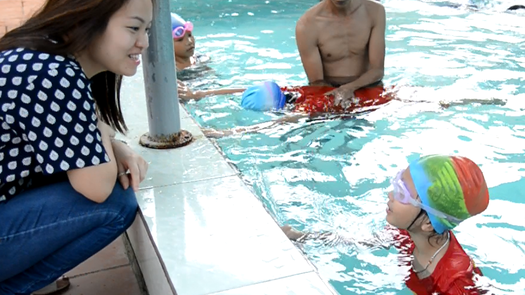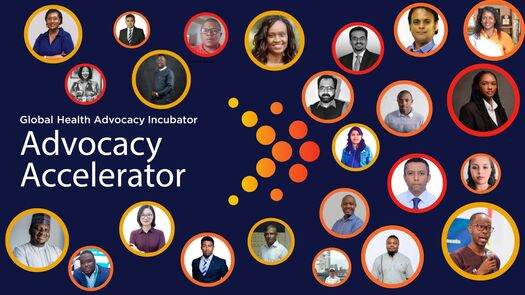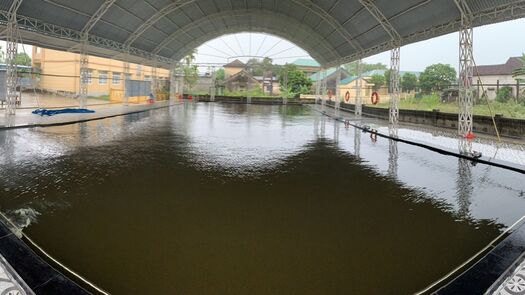November 3, 2025
Recently, communicators from Safe Transport and Survivors Support Uganda (STASSU), Design without Borders (DwB), Chuma Technologies and Innovations Centre Foundation (CHUMATEIC) and Reach A Hand Uganda (RAHU) didn’t just talk about drowning prevention, they lived it.
At a full-day survival swimming workshop in Kampala-Uganda organized by the Global Health Advocacy Incubator (GHAI), and facilitated by RAHU and the Life Saving Association of Uganda.
They learned how to stay afloat, use safety gear and perform cardiopulmonary resuscitation (CPR). But more than gaining practical skills, they stepped into the very story they’ve been working to tell. It was a powerful way to honor this year’s theme for World Drowning Prevention Day 2025: “Your story can save a life: Drowning prevention through shared experiences.”
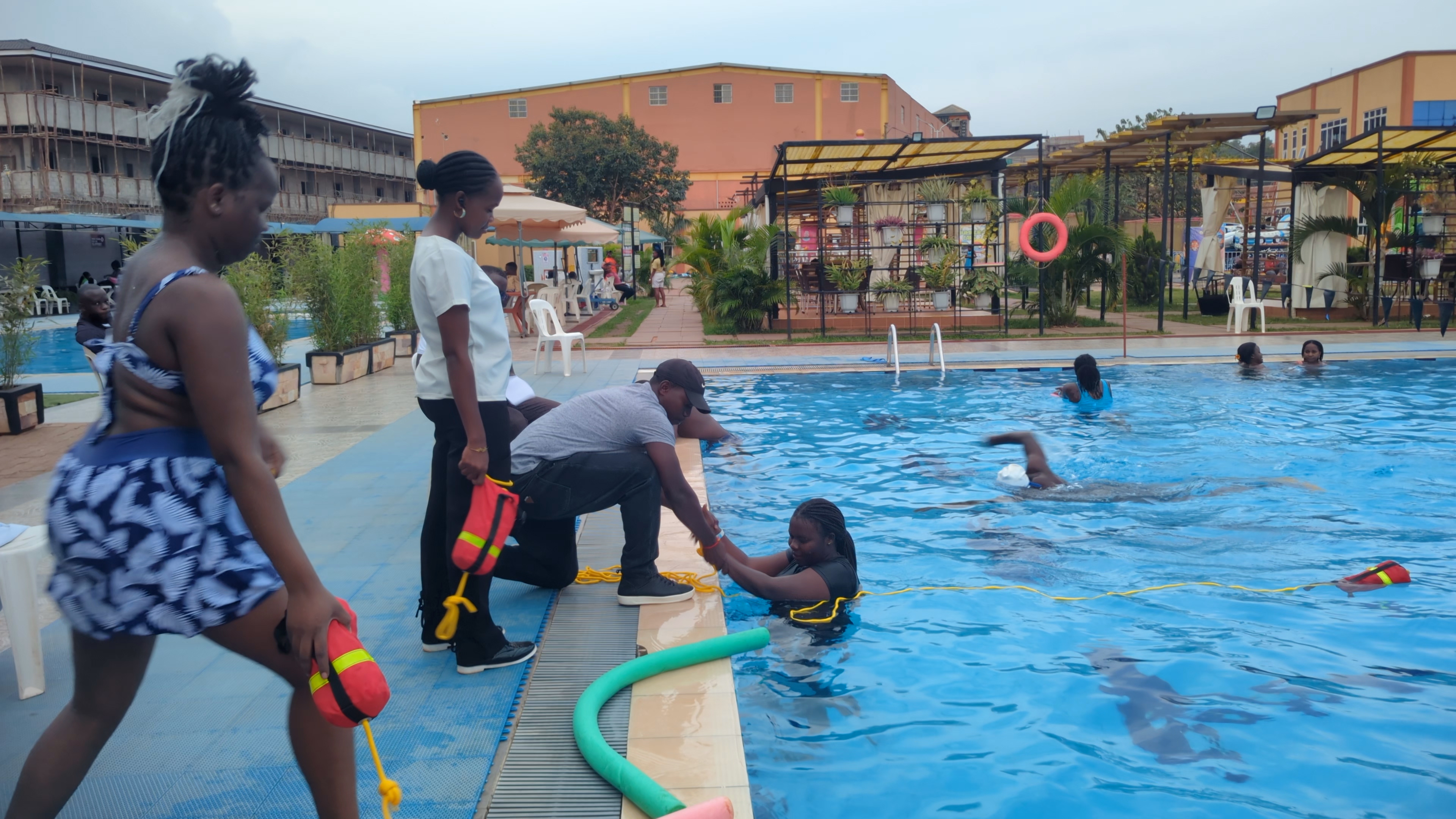
Why This Matters
Uganda loses more than 3,000 people to drowning every year, most of them children, youth and people working in and around water bodies. For too long, these losses have remained invisible -unwritten, untold and unaddressed. But when advocates carry stories rooted in experience, whether their own or those of their communities, they communicate not just facts, but also the urgency. And can create an emotional connection and put a face to the problem to help others better understand the issue and those impacted.
This was the moment information stopped being abstract and started feeling real. There is power in voices that are shaped by firsthand experiences. Drowning prevention needs messengers who understand the interventions, risks and the emotional weight of water safety firsthand. Lived experience doesn't just resonate, it saves lives.
From Poolside to Policy
The workshop was designed to equip communicators with the skills to turn lived experience into compelling, life-saving stories that can influence public understanding and policy action on drowning prevention.
In the water, participants encountered the raw reality of drowning, not as a line in a report, but as a moment of fear, disorientation, and the struggle to stay afloat. Using swimming aids like swim noodles, kickboards and pull buoys, they felt what it takes to survive. And what’s at stake when safety measures are absent.
They also practiced how to respond under pressure, gaining firsthand insight into how emergencies unfold and how they can be prevented. One participant, Justine Okoth, Communications Assistant at CHUMATEIC Foundation, shared:
“I thought I understood drowning prevention. But being in that water changed everything. My next post won’t be just about statistics—it will be about survival.”
When lived experiences are shared clearly and purposefully, they become powerful ways to shed light on an issue. They don’t just inform, they humanize statistics. They make invisible risks visible. And most critically, they compel decision-makers to act.
That’s the spirit of this year’s World Drowning Prevention Day theme:
“Your story can save a life: Drowning prevention through shared experiences.” The most powerful stories are not just told, they’re felt. And when they reach policymakers, they become the spark for real change.
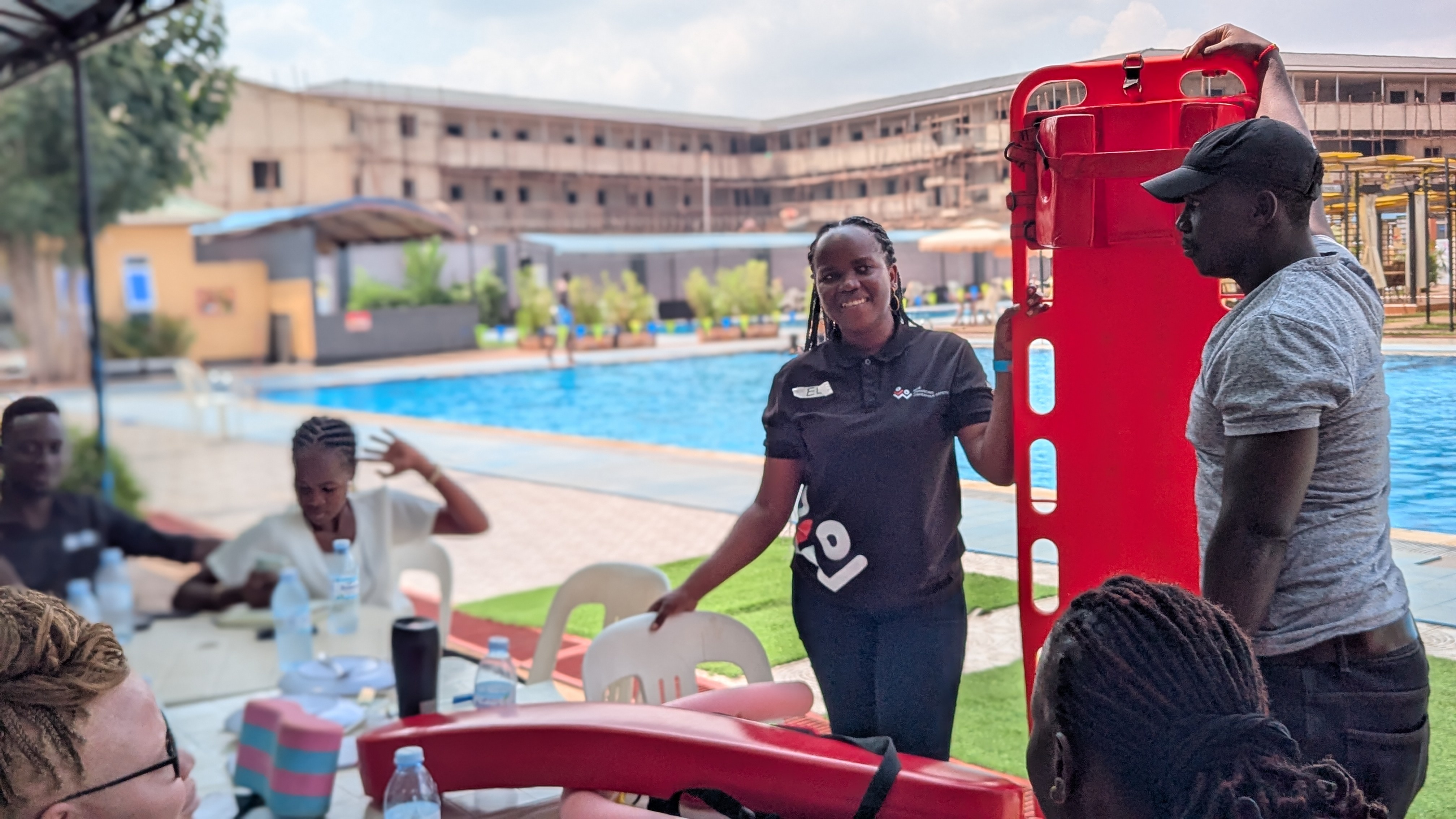
Embodying the Message
At GHAI, our approach has always married evidence with experience. We believe data coupled with lived reality can result in powerful, policy-relevant advocacy. This is especially true for under-reported issues like drowning, where the absence of narrative leads to the absence of action.
By equipping communicators to advocate from lived understanding, we’re not just strengthening their capacity, we’re strengthening the emotional and political weight behind every campaign, media interview and policy brief.
Thanks to RAHU for facilitating the survival skills training, with in-water instruction by Coach Nsamba Deogratius from the Life Saving Association of Uganda. Their hands-on guidance gave participants vital insight into water safety, an experience that, combined with strategic communication support from GHAI equips them to turn evidence and lived reality into powerful, policy-relevant advocacy.
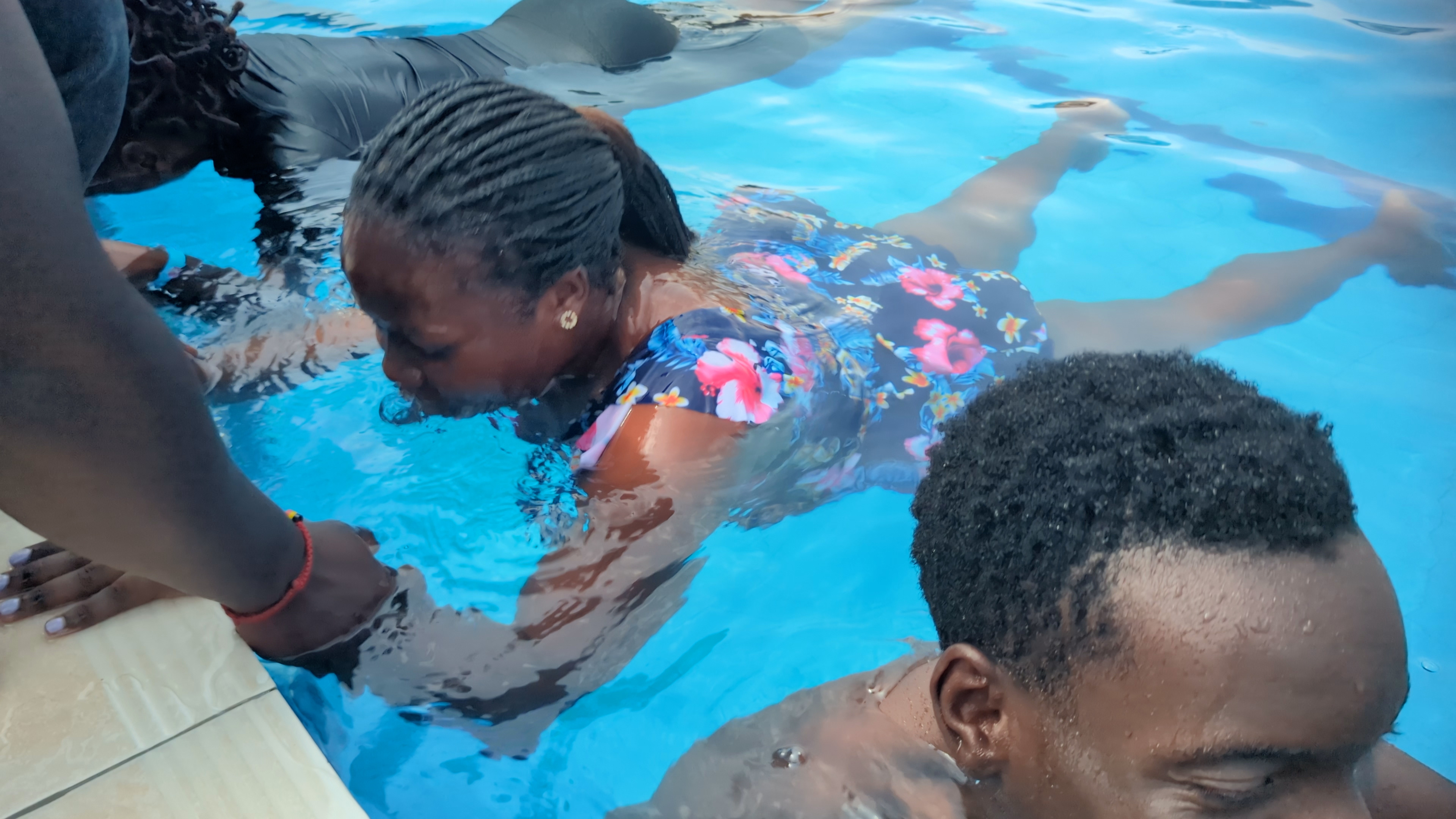
Your Story Can Save a Life
As we prepare to mark World Drowning Prevention Day on July 25, this training stands as a timely reminder. The most powerful tool in prevention isn’t just equipment or legislation, it’s the human story. Told well, lived deeply and shared widely, that story becomes a life-saving force.
Let’s keep equipping storytellers who don’t just echo data but embody it.
#WDPD2025 #DrowningPreventionUG #StopDrowningNow
Related News
View All NewsSeptember 10, 2025
Meet the Future of Domestic Budget Allocation for Health: The new Advocacy Accelerator Cohort
September 10, 2025

